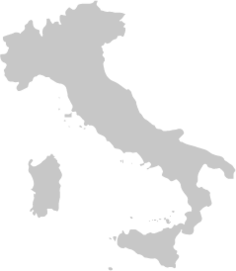Marchesi di Barolo
Barolo, Italy
This is a big Italian blockbuster of a wine
Join our wine club and save!
Become a member and enjoy 30% off when you add 6 or more bottles to your order. Learn More
About This Wine
Marchesi di Barolo
Nebbiolo
The 100% Nebbiolo grapes used in the production of this wine come from vineyards located on nicely sloped hills that are characterized by soil mainly composed of clay and limestone, interspersed with compact layers of sandstone and covered with quartz sand and fine silt. These elements give the wine a solid structure, many mineral nutrients, a vigorous but balanced personality, and a remarkable bouquet. Initially, the wine ages in small oak barrels, then it is blended in the traditional large Slavonian oak barrels, which contribute to making this wine harmonious and balanced and enhancing the bouquet’s elegance. The wine completes its aging in the bottle for some months before going onto the market.
NOTE: This is NOT a Firstleaf Exclusive Wine and is not eligible for discounts, member pricing, or member guarantee. Limited Availability.

Wine Region

Barolo
Flavor Profile

Pairs well with… Ragu, Charcuterie, Pork Shoulder
Body 3 Acidity 2Sweetness 1Fruit Intensity 3Tannin 3
Tasting Notes
- Rose Petal
- Spices
- Raspberry
The color is garnet red with ruby hues. The aroma is intense, persistent with clean aromas of fruits, roses, and spices. Full, but at the same time, harmonious and balanced, with soft tannins, elegant and austere flavor with a good body and lingering hints of the olfactory sensations.





